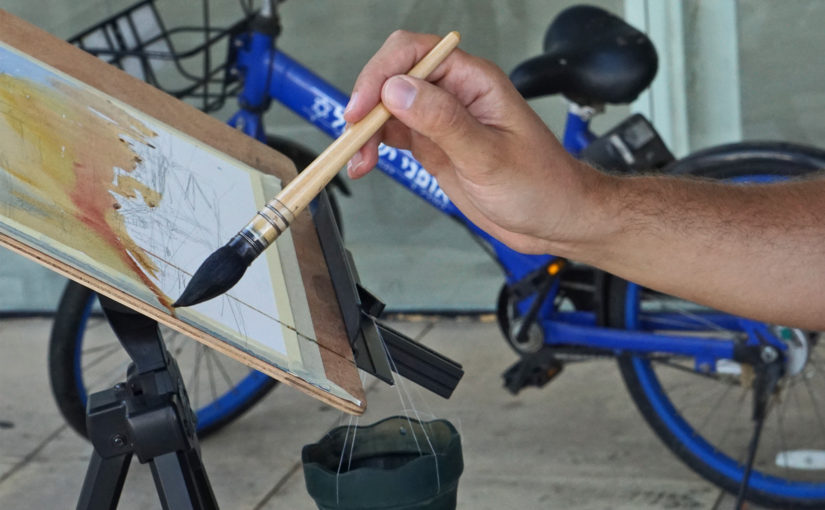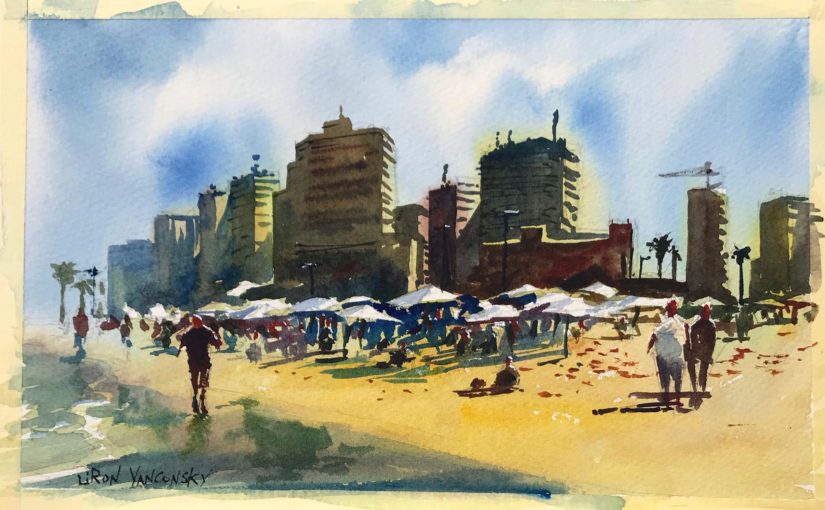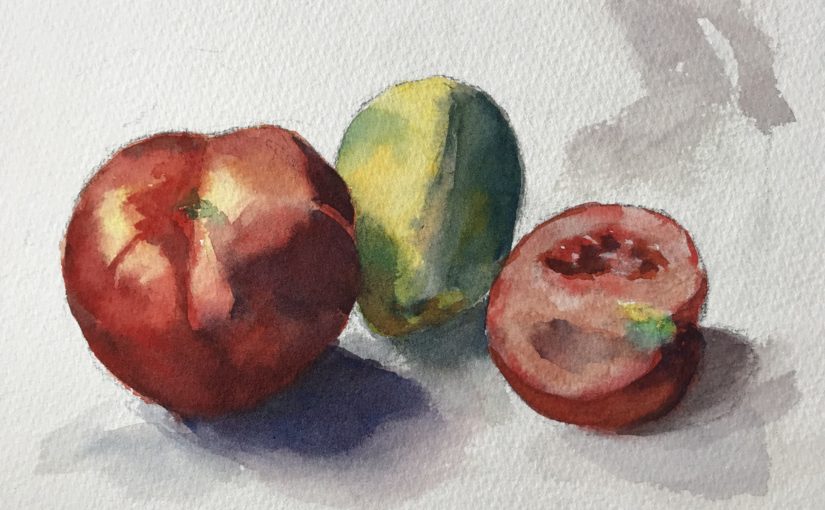Podcast: Play in new window | Download
In this episode I want to talk about just how important experimentation is in art. This connects to everything – improving, developing a unique style, enjoying the process and more!
What I mean by Experimentation
As this is aimed at visual artists, mainly painters – here are some relevant examples of experimentation:
- Utilizing different techniques
- Using new tools
- Trying out different approaches & work processes
- Painting subjects you are unfamiliar with
- Using colors you’re not used to
Why Experimentation is Important
Unique and individual Style – Yes! Experimentation will help you incorporate and implement new elements into your style, that will in turn make it more YOU.
Novelty & Burnout Prevention – Experimentation will help you to continue enjoying your medium in the long run. It will keep things interesting and even less expected!
Preventing Complacency – Constant experimentation and challenging yourself to try out different things will help to prevent settling in your patterns and becoming stale in your growth and development.
Caveat – Focus & Improvement
I think experimentation can become a crutch / escapism , if used to the extreme. If you are only trying new things all the time, you don’t really have to become proficient in anything…
That’s why you want to balance it out with a routine, and with working on the basics of art and your medium.
The answer is always – Both!
Artist Corner – Marc Folly
In this one I feature Marc Folly, an incredible French painter who’s style I find very intriguing.
He has a way of connecting areas and leading the viewer in a very clear way towards points of interest.
He’s a master of wet in wet and negative painting techniques.
You can check out his work on his website: Marc Folly
And here’s where you can find me…
Check out my YouTube Channel – Liron Yanconsky
Or ask me questions on Instagram – @LironYanIL or Snapchat – @LironYan3
I hope you enjoyed this one. Take care, and we’ll talk again really soon,
— Liron



